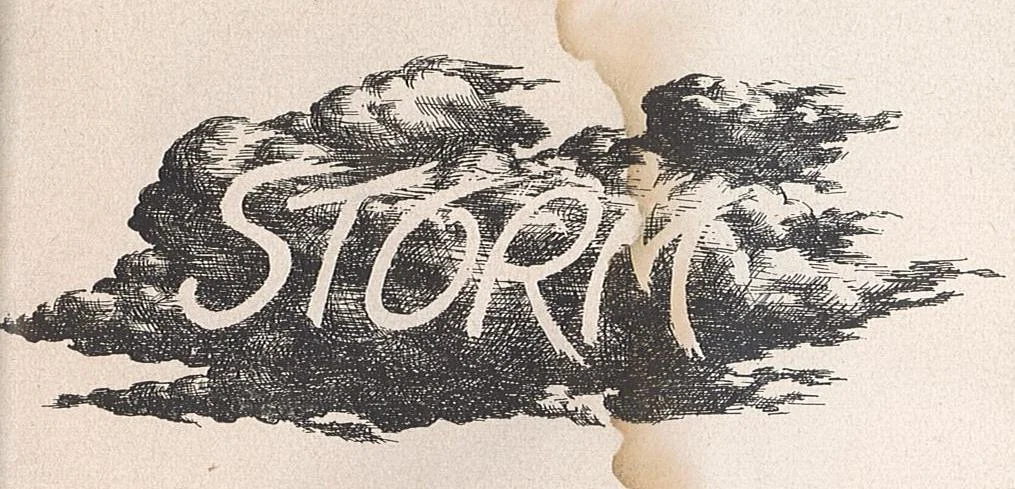Illustrating Deterrence, 1959
This is a guest post by Anna Elizabeth Dvorak, a Ph.D. Candidate at Oregon State University. Dvorak is working on a dissertation about early Cold War Science in policy through the fictional and non-fictional works of nuclear scientist Leo Szilard.
Could cartoons convince Americans to accept the appalling costs of nuclear deterrence?
In the late 1950s, the US Government sought to plan out responses to the threat of nuclear attack by the Soviet Union. Policy advisors like Herman Kahn believed that nuclear war was probable, and asserted they could rationally assess the risks and plot strategy based on a variety of potential scenarios.
While working at the think tank the RAND Corporation, Kahn combined Game Theory with his experiences at Lawrence Livermore Lab developing the hydrogen bomb. He then applied them to a potential future war with the Soviet Union, making the unthinkable, thinkable. Ideas like deterrence and survivability shaped American Cold War strategy, while people like Kahn inspired Stanley Kubrick on his 1964 film Dr. Strangelove.
Kahn presented his ideas in the book On Thermonuclear War (1960) and in shortened form as both an article (1959) and as a Senate Document (1960) entitled “The Nature and Feasibility of War and Deterrence.” The article and Senate Document are nearly identical in scope. But the excerpt printed in the Stanford Research Institute Journal is illustrated with sketches that do a surprising amount of work.
These small, casual sketches served to illustrate nuclear war and deterrence strategy. Some of the pictures almost domesticated it, juxtaposing familiar scenes with captions written in simple language. In one sketch, a rural man and his child run for shelter as a tornado approaches. Its caption suggests that “the old fashioned storm cellar—with improvements” can be a tool of nuclear strategy.
Another sketch shows a homey scene of a grandfather spinning a yarn to his grandson, as the caption reassures readers that youthful survivors of a thermonuclear attack will “almost surely” be able to tell their grandkids about it.
A third image, suggesting that city evacuations could be used to put pressure on the Russians in a negotiation, looks like nothing so much as normal highway traffic at the start of Memorial Day weekend.
Sketches like these distilled the complicated, though still reassuringly optimistic, scenarios that Kahn explained in the article’s text. Kahn called the consequences of nuclear war “appalling,” acknowledging that the genetic effects might continue for “twenty or thirty or forty generations.” But he did not think that nuclear war would be “annihilating,” nor so destructive that threating it was inherently un-credible. Kahn emphasized that “life goes on” after a nuclear attack.
Kahn built a case that Americans should agree to pay for thousands of nuclear bombs and the weapons to deliver them; should be willing to accept millions of dead fellow citizens; and should consent to disrupting their lives with massive urban evacuations and civil defense training. In exchange Americans would avoid “courting either ‘Pearl Harbors’ or ‘Munichs,’” Kahn argued, since the US would be prepared, psychologically as well as materially, to trade nuclear blows with the USSR rather than bargain from a weaker position.
These cartoons are a tiny artifact of the Cold War struggle to get human beings to believe that nuclear rationality was reasonable and credible.
This post is based on research conducted by Anna Elizabeth Dvorak, first presented as a poster at the History of Science Society Meeting in Toronto in November, 2017. Roger Turner restyled the text to fit the blog’s voice, contributing some image interpretation in consultation with Dvorak.
Image Source
Herman Kahn, "The Nature and Feasibility of War and Deterence," SRI Journal (1959): pp. 124-141.








